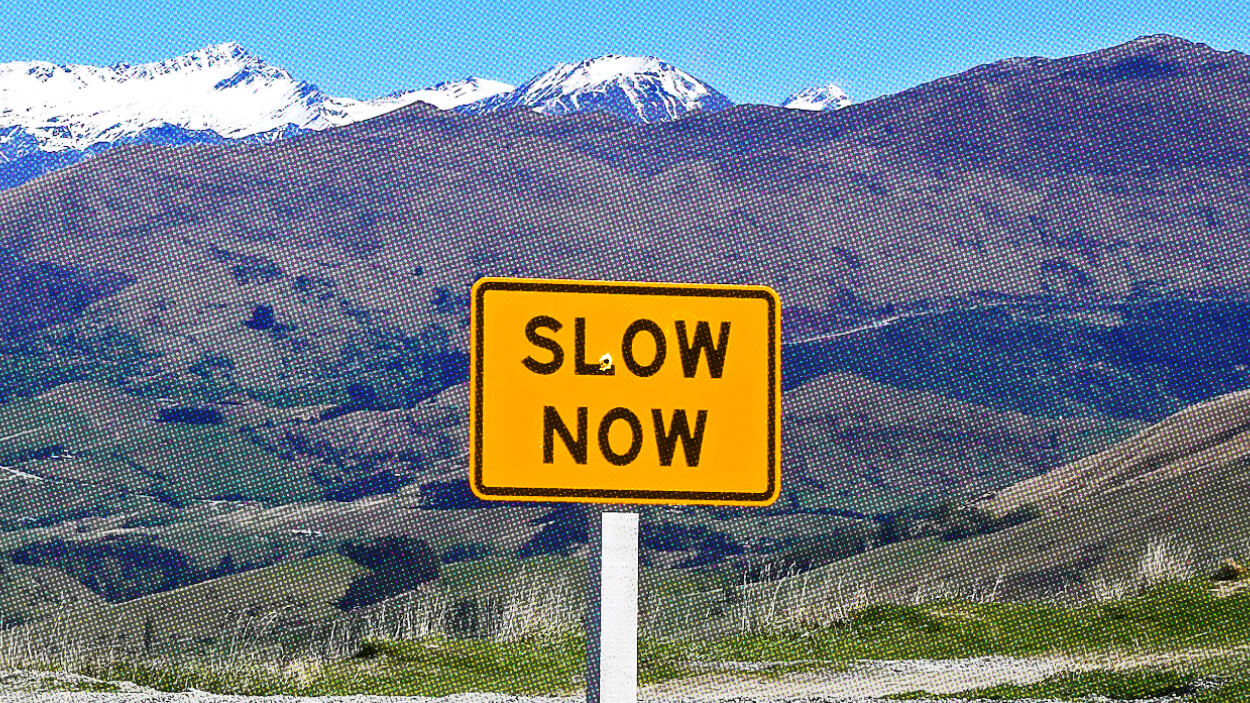What You Do at 10 a.m. and 3 p.m. Is Who You Are

What your primary activities are at prime hours of concentration can tell you a lot about yourself. Are you prioritizing the things you tell yourself are most important in life? Or do they invariably fall at the end of your to-do list, only becoming important once you finish smaller tasks?
Brigid Schulte — a career journalist, mother, and frequent contributor to The Washington Post — has looked at contemporary brain research and our overworked lives, and she argues that your to-do list is for everything that comes after what is most important to you. She gave an interview recently to Gretchen Rubin, popular author on the development of good habits.
“So often, we think we’ll get to the big stuff after we get to the end of the To Do list. … IF I finish all this drudgery and little stuff, THEN I can get to the stuff I really enjoy or is really important. Then we get so caught up in the IF, the doing, the stuff, we never get to THEN. So I’m trying to flip it, and put the important stuff, the things that give meaning and joy, not just on the list, but at the top.”
What is especially important about 10 a.m. and 3 p.m. is that these are optimal times for concentration. They fall outside of meal times at a distance that allows us to get into our work, concentrating on it deeply, doing our best at the activities we believe are the most important to our lives and the lives of our loved ones. These two hours may well be the peak times for human experience, says Schulte:
“The other thing about time being power: psychologists say that peak human experience comes from getting so wrapped up in something that your experience becomes timeless. That’s the state when art, literature, philosophy, and civilization gets created. It’s the kind of time that, throughout history, men with status have typically been the only ones to have.”
That feeling of getting wrapped up in an experience and losing perspective on time is what neuroscientists now understand as a flow state. Subtle neuroatomic shifts in the brain make flow states possible, as Steven Kotler explains in his Big Think interview.
And while you might expect the brain to be in an excitable state as it flows, neuroimaging shows that everything actually slows down thanks to what’s called transient hypofrontality. Kotler is an award-winning journalist, a New York Times bestselling author, and co-founder and director of research for the Flow Genome Project:
“Flow is technically defined as an optimal state of consciousness. A state of consciousness where we feel our best and we perform our best. It refers to those moments of total absorption when we get so focused on the task at hand that everything else disappears. So our sense of self, our sense of self-consciousness, they vanish. Time dilates, which means sometimes it slows down. … And throughout all aspects of performance, mental, and physical, go through the roof.”
This is the first video in a five-part series with Steven Kotler on the “optimized brain” available in playlist form here.
Read more of Schulte’s interview at gretchenrubin.com.





